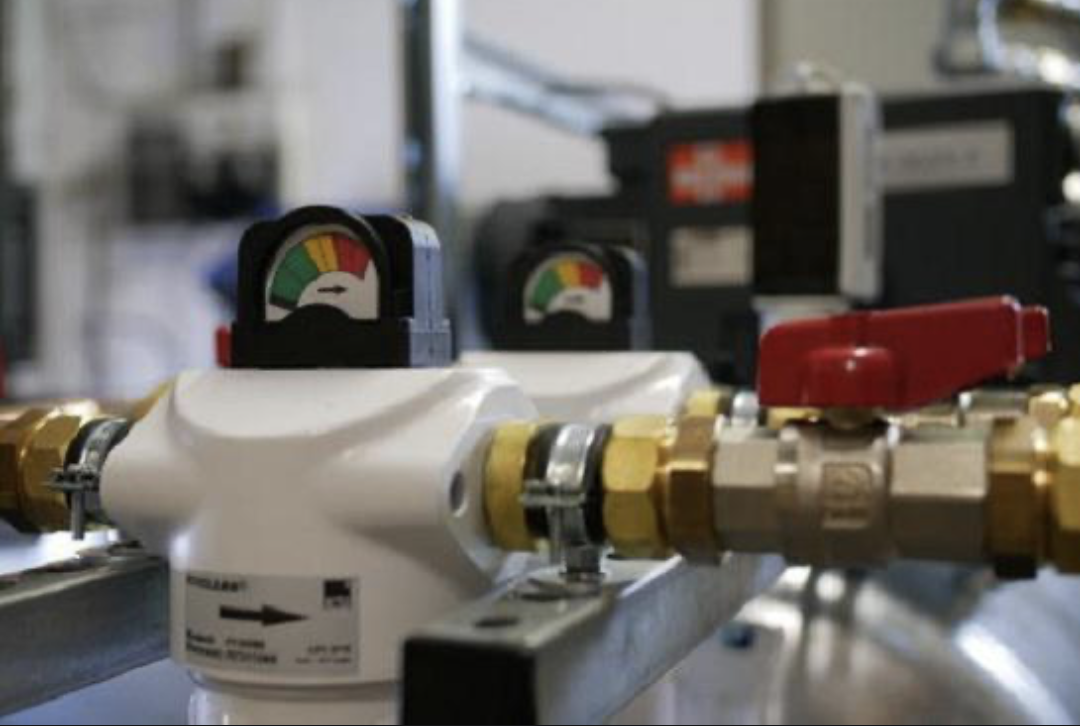Hospitals have many highly technical and expensive machines that perform a variety of tasks. Most are there to save lives and assist doctors and some are just there to do a basic job. Medical vacuum systems are that kind of tool. They are the unsung heroes of the hospital, as well as being important medical devices that work behind the scenes day after day to save lives. Each system is made up of some basic parts that deliver gases to emergency and examination rooms. What makes up a medical vacuum system?
The Sources
A source in a vacuum system is anything that supplies gasses to the network of pipes. Many different kinds of gasses are used in hospitals, including oxygen, nitrous oxide, and nitrogen to name a few. Outside vendors will bring in tanks of the specific gasses that are hooked up to the system for delivery to the room.
Network of Pipes
The gasses are delivered via a vast network of pipes running through the facility. The pipes run through the ceiling and walls with offshoots going into the room for ease of access. Several nozzles could be in one room with different gasses coming from each nozzle. At this point, proper identification of the gas is important so that doctors don’t administer the wrong one to the patient.
Flow Valves
Proportional flow control valves are used in these systems to keep the flow of the gasses consistent. A predetermined set point keeps the gas moving through the network, so the patient doesn’t get blasted in the face, yet doesn’t run out of gas in the middle of open-heart surgery.
Alarm Systems
Warning and alarm systems keep the staff informed of any failures or problems with the system. Every part of the system has alarms attached, so if any part is down it won’t be undetected. There are two main alarms which make up a medical vacuum system: master alarms and area alarms. The master alarm monitors the main gas lines and the area alarms monitor the critical care areas.
Outlets and Inlets
Outlets are the points at which connections can be made within the rooms. Technicians and doctors can insert tubes and get the gas they need. The outlets are gas-specific and color-coded to eliminate any confusion. The inlets are the supply vacuum that aids in the delivery of the gas.
Secondary Equipment
While hoses, gas flow meters, gauges, and vacuum regulators are not part of the pipeline system, they can contribute substantially to gas and vacuum consumption. These items should be checked regularly as a part of routine inspection procedures.
